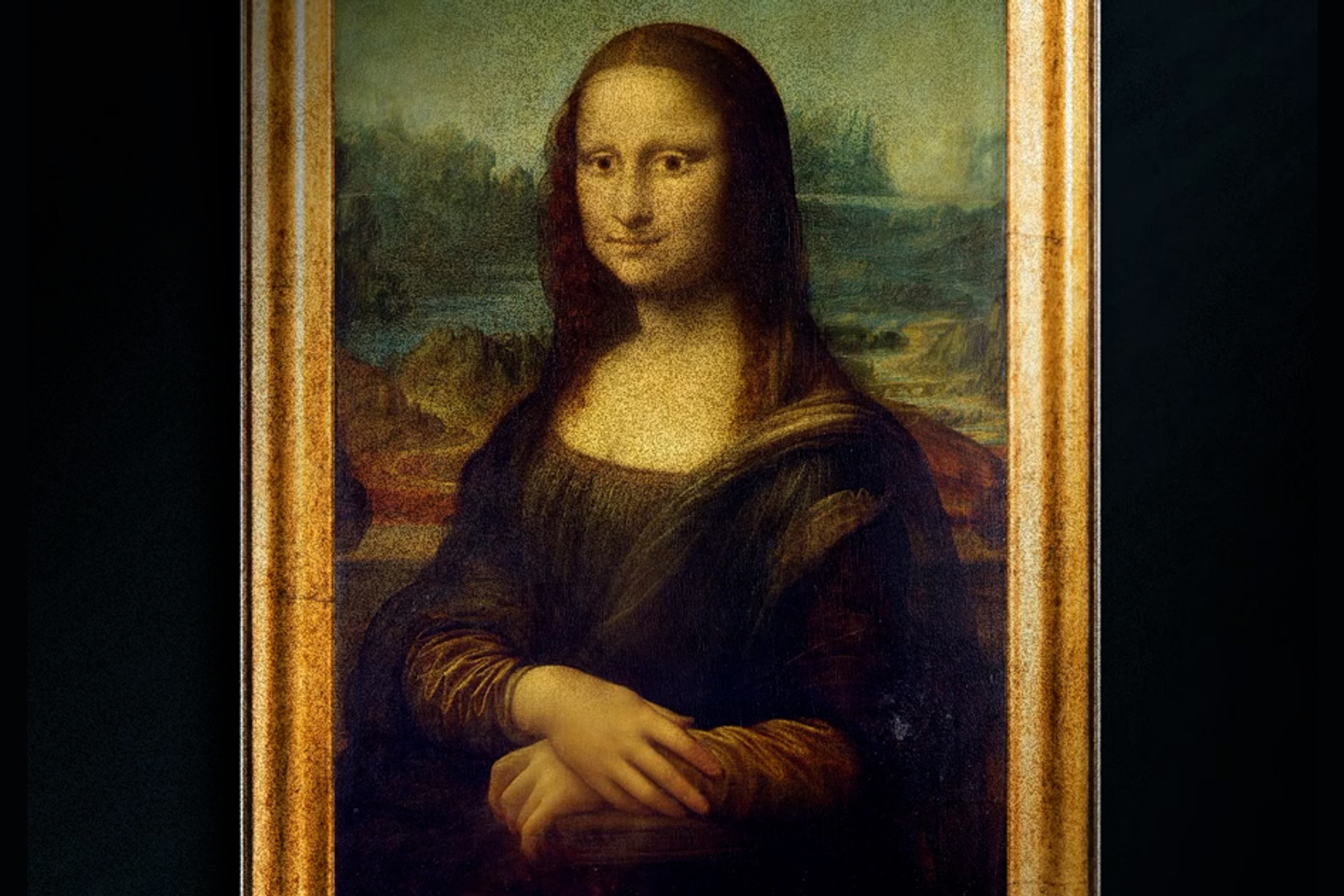


Painted in the 16th century by Italian artist Leonardo da Vinci, the Mona Lisa's worldwide fame is, comparatively, quite recent. The painting was known to the art world, but not to the general public – that is, until a surprise heist at the Louvre on August 21, 1911, in which the painting vanished in broad daylight, made headlines around the world. By the time the artwork was found and returned to the Louvre, more than two years later, the Mona Lisa had become a legend. But her burgeoning fame throughout the 20th century came at a cost, as she was targeted by numerous acts of vandalism, and in the 21st century, by environmental activists seeking to draw attention to their cause.
On Tuesday, January 28, French President Emmanuel Macron announced that, as part of renovation plans for the Louvre that would help ease congestion, the Mona Lisa would be moved to its own space beneath the Cour Carrée, requiring a special ticket to access. Louvre president Laurence des Cars told Le Monde that "this will provide an opportunity to recall the context of [the painting's] creation, to talk about its special place in the world's imagination [...] almost 75% of our visitors want to see the Mona Lisa when they come to the Louvre."
